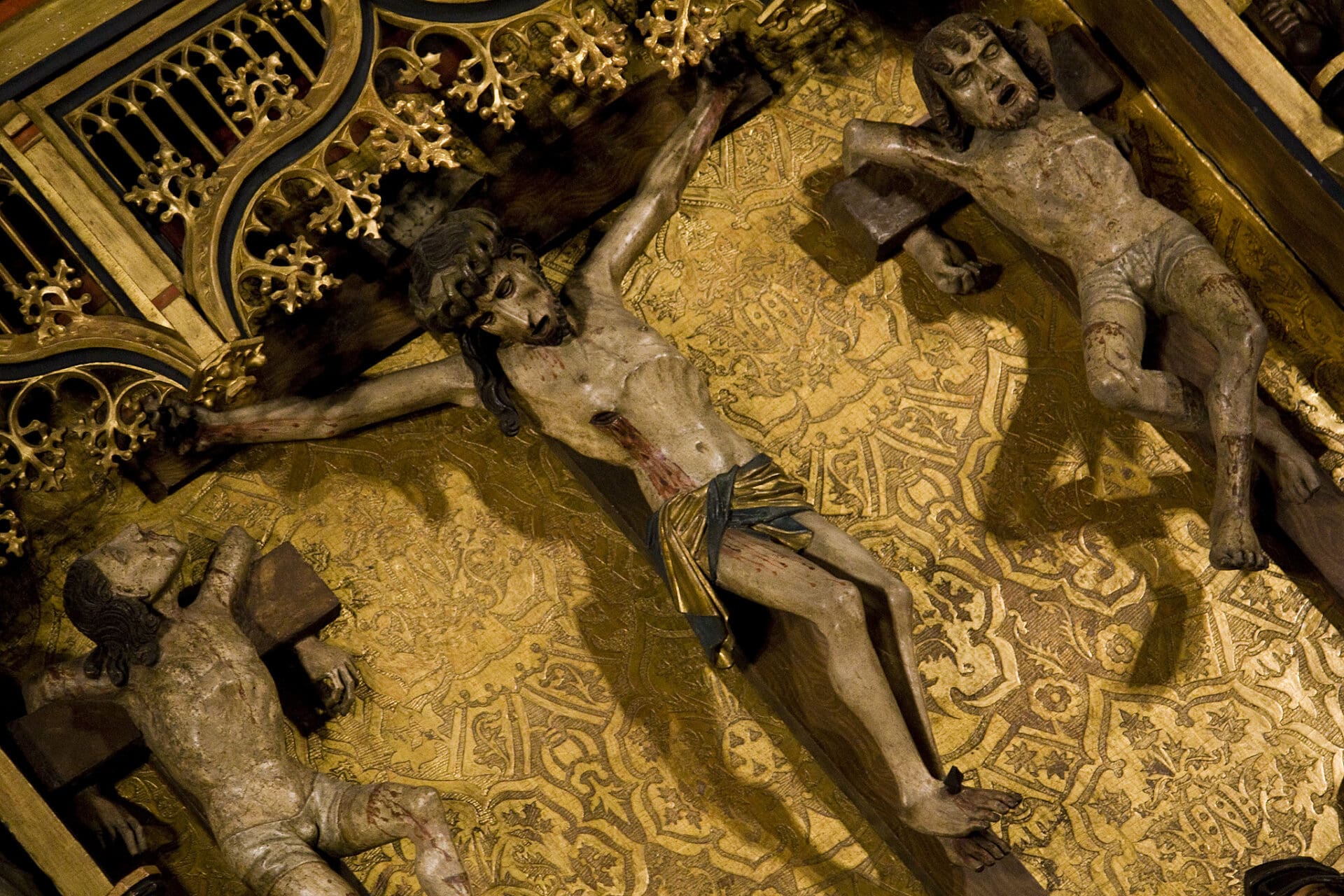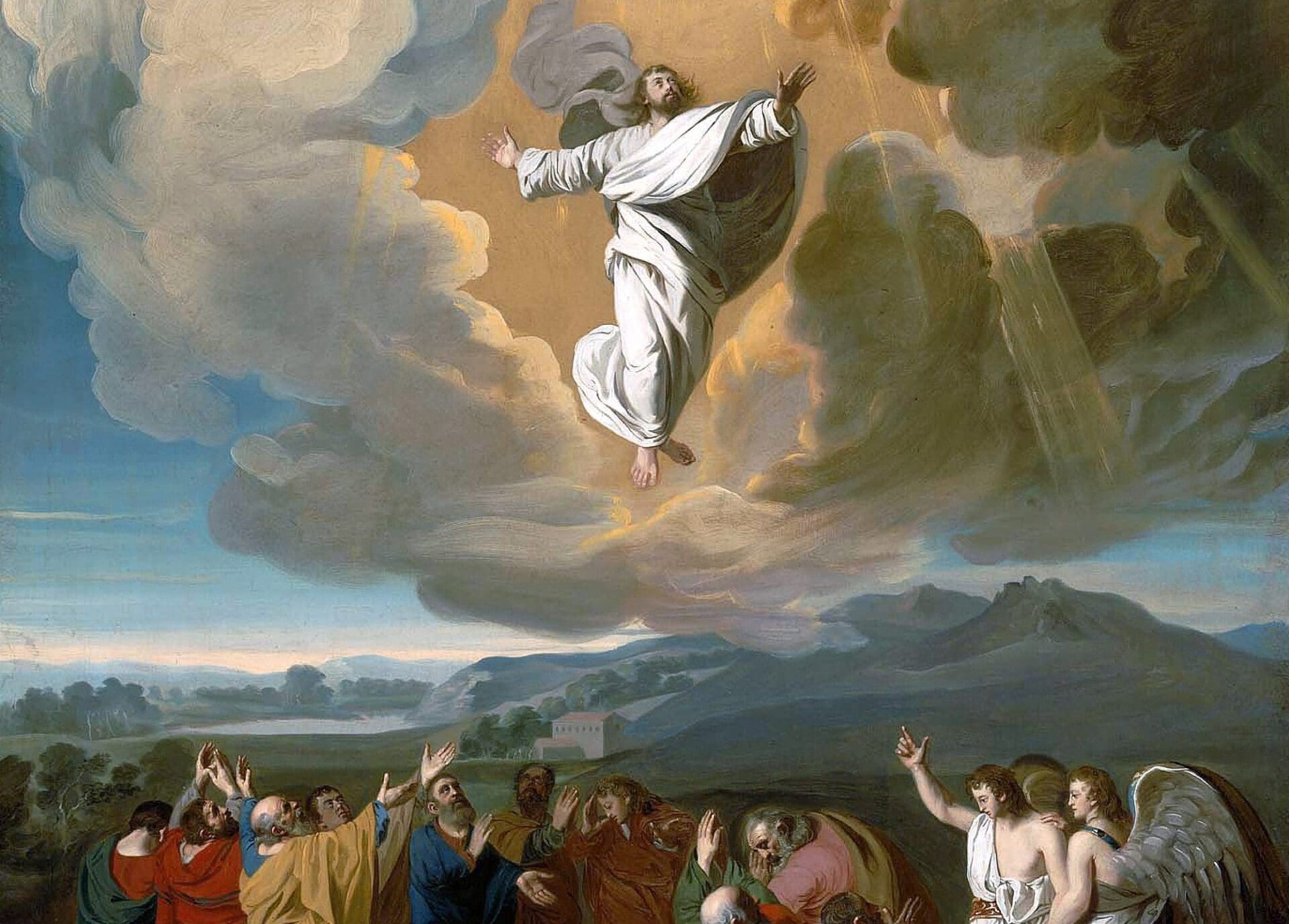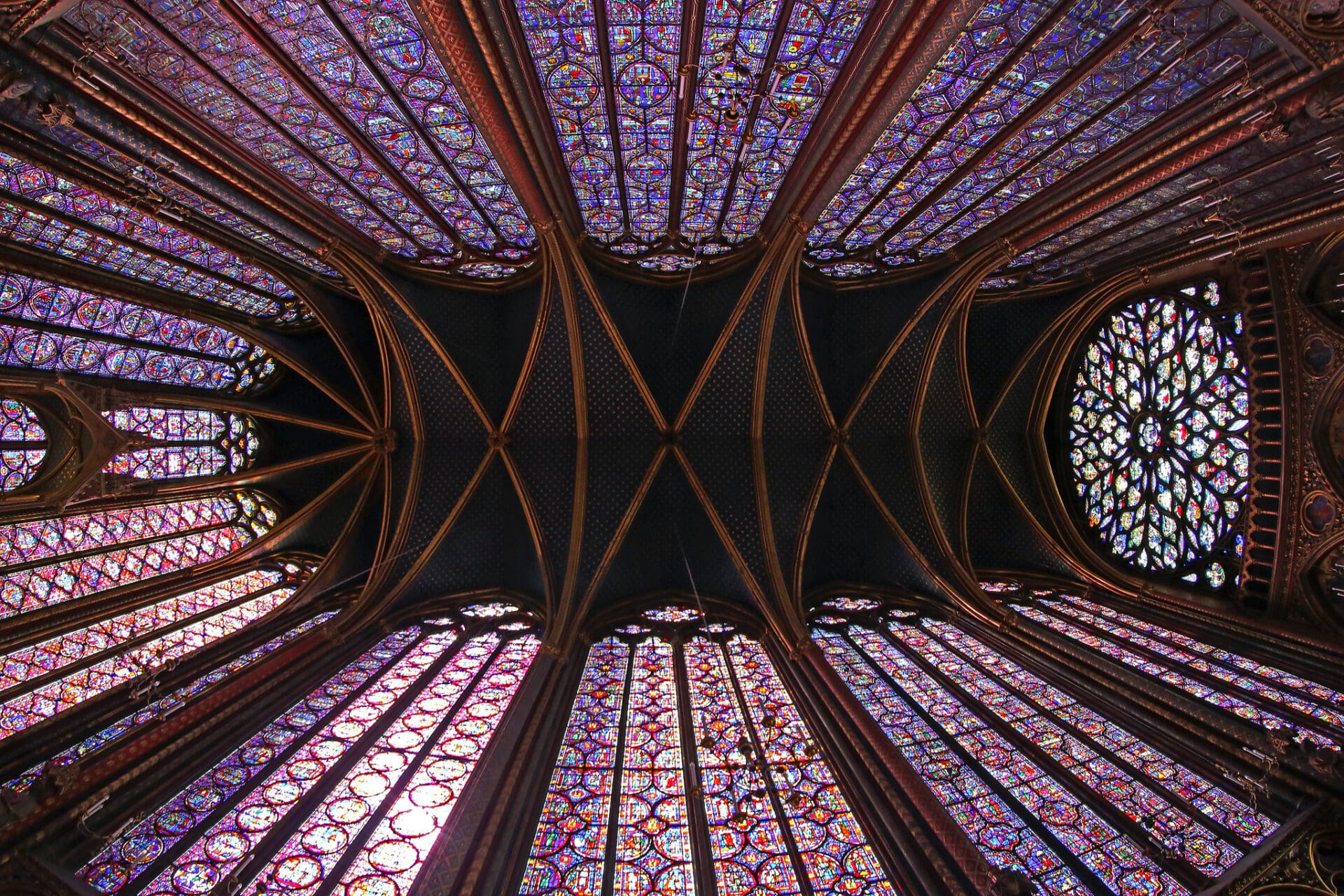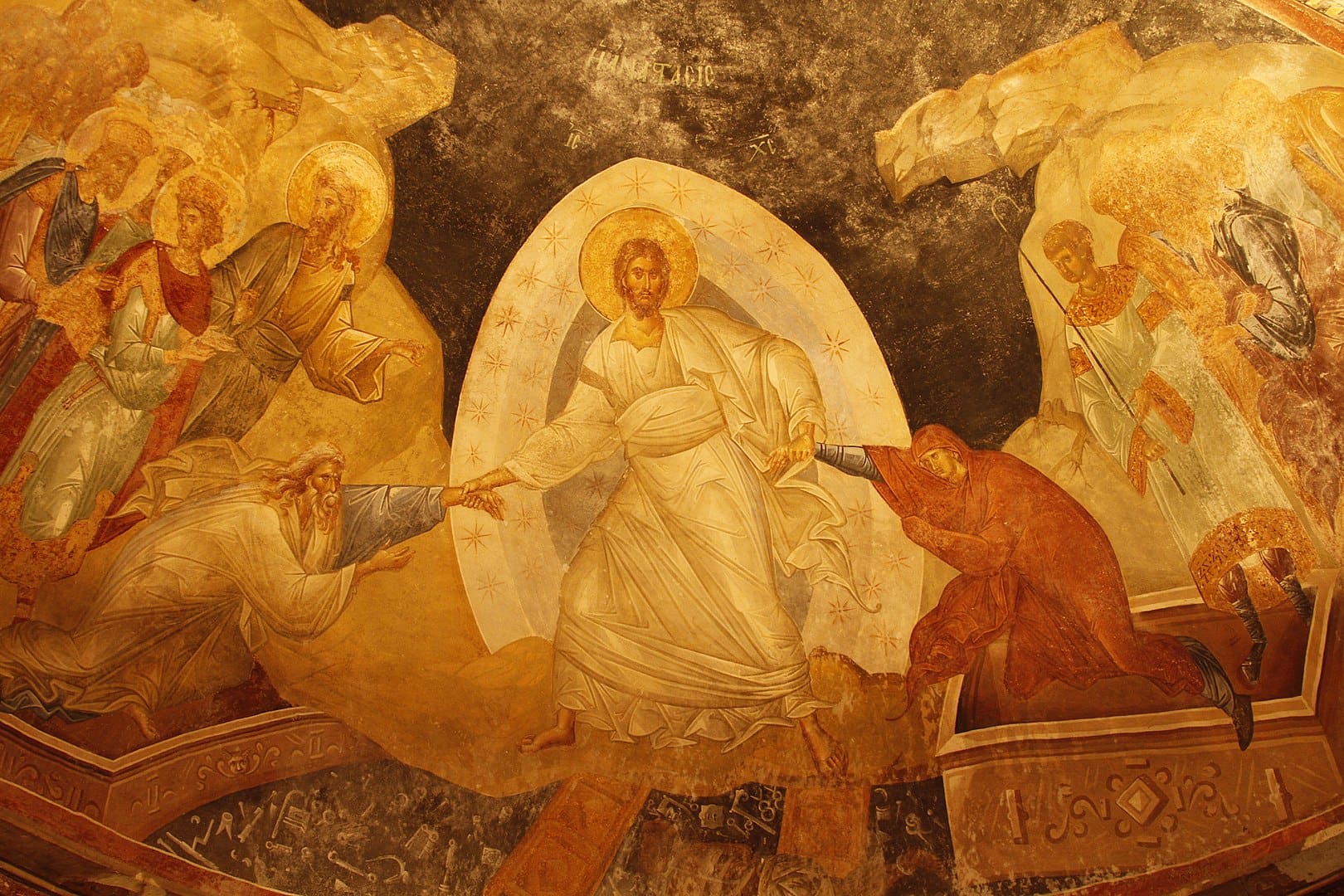In many ways, the Good Friday Celebration of the Passion of the Lord is much simpler than the liturgies of Holy Thursday or the Easter Vigil. On the other hand, given the limitations imposed by the current coronavirus (COVID-19) pandemic, especially on the number of ministers available, even the liturgy of Good Friday will need some adaptation in order to be carried out with a measure of decorum and dignity. Moreover, the celebration of the Good Friday liturgy without the presence and participation of the faithful, and perhaps even without singing, is an anomaly. Celebrations this year, especially those broadcast in the media, must take these factors into account. Each diocesan bishop may offer his own guidelines for these remarkable situations, and priests should be aware of these; the following considerations are meant to supplement them where helpful.
Provided that cathedral churches and parish churches can muster a sufficient number of ministers for the Good Friday Celebration of the Passion of the Lord, the Congregation for Divine Worship and the Discipline of the Sacraments, in recent decrees dated March 19, 2020 and March 25, 2020, has granted permission for this liturgy to take place without the usual participation of the faithful. The Congregation rightly noted that devotions customarily associated with Good Friday, such as the Stations of the Cross, could be postponed until September 14, the Feast of the Holy Cross, or until September 15, the memorial of Our Lady of Sorrows, so that they could be celebrated in common with more freedom. The Good Friday Celebration of the Lord’s Passion, however, is integral to the Church’s observance of the Paschal Triduum. As such, it is meant to be the highpoint of the day when the Church remembers with love the Lord’s life-giving death on the Cross.
With respect to the various elements which make up the Passion service, the Congregation’s decrees eliminate none of them, except the veneration of the cross by the faithful. That means that the service begins with the altar completely bare, without cross, candles, or altar cloth as usual (Roman Missal:Good Friday, 3). Since the Bridegroom is being taken from the Bride (Paschalis Sollemnitatis, 39), the Blessed Sacrament is ideally not reserved in the church, but in another location apart from the church, such as the sacristy. This is true even if the Blessed Sacrament was initially reposed in the tabernacle of the church at the conclusion of Mass the evening before on Holy Thursday. The beginning of the Good Friday service is the same as in past years, as is the Liturgy of the Word. However, due to the absence of a schola or even a cantor, the Liturgy of the Word could be simplified according to the existing provisions of the General Instruction of the Roman Missal (GIRM).
For example, the psalm could be read without any intervening response (GIRM, 61). The verse before the Gospel could also be read without repeating its associated acclamation if there is no singing (GIRM, 62). The deacon or priest appointed could read the verse before the Gospel upon arriving at the ambo to proclaim the Passion, or it could be read by others while he makes his way to the ambo. The deacon (or in his absence another priest attending in alb and stole or, as a last resort, the celebrant himself) could read the Passion narrative alone. No incense or candles are permitted to accompany the reading of the Passion in any event. The Universal Prayer takes place in the usual manner. The Holy See has directed the diocesan bishop to include an eleventh prayer for those suffering from the effects of the coronavirus pandemic.
Next comes the Adoration of the Holy Cross; two forms of showing the cross are possible. In the first form (Roman Missal:Good Friday, 15), the cross, veiled in purple, accompanied by two servers with candles, is brought in silence from the sacristy through the church (perhaps at the front if the body of the church is empty) to the altar. The deacon or another minister brings the cross from the sacristy to the sanctuary. Once the cross has arrived in the sanctuary, the celebrant, standing before the altar, takes it in hand to unveil it in three stages and each time sings, “Behold the wood of the cross.” He can be assisted in singing this invitation by the deacon, cantor, or some other person present. If there is no possible way for this acclamation and its response to be sung, it may have to be recited. After each acclamation and response, all present kneel briefly and adore in silence. Once the cross is completely unveiled, the celebrant alone venerates it with a kiss, according to the decree dated March 25, 2020, by the Congregation for Divine Worship. However, there is nothing to prevent the celebrant from lifting up the cross in cases where a congregation may be present to venerate it from their places in silence simultaneously. This is already an option when the large numbers present make it impossible for individual veneration to take place in a timely manner (Roman Missal:Good Friday, 19). Since there is no individual veneration of the cross by the faithful, the chants which are meant to accompany this gesture are also omitted (Roman Missal:Good Friday, 20).
In the second form of showing the cross (Roman Missal: Good Friday, 16), the celebrant or the deacon, accompanied if possible by two servers with candles, processes with the unveiled cross from the doors of the church to the altar, stopping three times to sing, “Behold the wood of the Cross.” After each response, all kneel and adore in silence. Once the celebrant has arrived at the altar, he alone venerates the cross. He may invite others to do so simultaneously in silence. Again, since there is no individual veneration of the cross, there is no need for chants at this point. If the nave of the church is empty, or nearly empty on Good Friday, and if the celebration is being broadcast in some way, it may be wiser to use the first form of veneration rather than to highlight the fact that the church is empty by using the second form of veneration.
After the celebrant has venerated the cross (and all present have had an opportunity to venerate in silence from their places), two servers place the altar cloth on the altar, along with the corporal and missal, and the candles which accompanied the cross. The cross can then be placed in a stand before the altar, or near to the altar. Then the deacon (or in his absence another priest present or even the celebrant himself) and two servers go to the repository, usually located in the sacristy, to retrieve the Blessed Sacrament for the communion of those present. Normally, the deacon wears a white humeral veil for this (Ceremonial of Bishops, 325). Again, the two servers carry two more candles to accompany the Blessed Sacrament. Upon arriving at the altar, the servers put their candles down on or near the altar, and remove the humeral veil from the deacon.
The communion rite takes place as usual. The missal suggests singing Psalm 22 during this time (Roman Missal: Good Friday, 28). Perhaps one or more of those present could read that psalm during the time of communion and reposition of the Blessed Sacrament. Once Communion is concluded, the hosts which remain can be reposed in the tabernacle in the sanctuary or they can be brought to the repository set up outside the church in the same manner they were brought to the altar (Roman Missal:Good Friday, 29). If the Blessed Sacrament is reposed temporarily in the tabernacle, the sanctuary lamp is lit, even for a brief time. The liturgy concludes in the usual way for Good Friday, with a genuflection to the cross and the departure of the ministers.
After the close of the service, the altar is once again stripped of its cloth and candles (Roman Missal: Good Friday, 33). The cross used for veneration, however, remains on or near the altar until the preparations for the Easter Vigil the following day.
Where it the Celebration of the Passion of the Lord on Good Friday is not possible, even in the limited way described here, the Congregation points out that Evening Prayer for Good Friday is meant to be celebrated. Since Evening Prayer demands fewer ministers, this may be more possible and could also be broadcast if a parish has these capabilities. In this case, it would be very important to have sufficient singers so that Evening Prayer, at least in part, could be sung.



